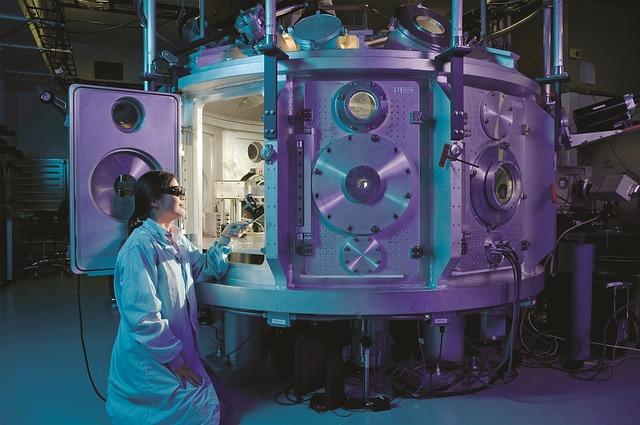Gene editing in clinical disease: scientific, ethical and societal questions

Hosted by the American Association of Pharmaceutical Scientists, Executive Director Marcy Darnovsky was a panelist for a debate and dialogue on “Gene editing in clinical disease: scientific, ethical and societal questions" at their annual meeting. She was joined by Assistant Professor of Pharmaceutics Hugh Smyth from the University of Texas at Austin. This discussion was moderated by Marilyn E. Morris President, American Association of Pharmaceutical Scientists (AAPS), Professor, University at Buffalo; and Robert S. Jones, a post-doctorate at University at Buffalo.
The abstract to this presentation follows:
Gene editing in clinical disease: scientific, ethical and societal questions
Scientific advances in molecular biology over the past 50 years have produced remarkable progress in medicine. Some of these advances have also raised important ethical and societal issues. Fundamental research into the ways by which bacteria defend themselves against viruses has recently led to the development of powerful new techniques that make it possible to perform gene editing – that is, precisely altering genetic sequences – in living cells, including those of humans, at much higher accuracy and efficiency than ever before possible. These techniques are already in broad use in biomedical research. They may also enable wide-ranging clinical applications in medicine. At the same time, the prospect of human genome editing raises many important scientific, ethical, and societal questions.
The members of the Organizing Committee for the International Summit on Human Gene Editing met in 2015 and have reached the following conclusions:
“Clinical Use: Somatic. Many promising and valuable clinical applications of gene editing are directed at altering genetic sequences only in somatic cells – that is, cells whose genomes are not transmitted to the next generation. Examples that have been proposed include editing genes for sickle-cell anemia in blood cells or for improving the ability of immune cells to target cancer. There is a need to understand the risks, such as inaccurate editing, and the potential benefits of each proposed genetic modification. Because proposed clinical uses are intended to affect only the individual who receives them, they can be appropriately and rigorously evaluated within existing and evolving regulatory frameworks for gene therapy, and regulators can weigh risks and potential benefits in approving clinical trials and therapies.
Clinical Use: Germline. Gene editing might also be used, in principle, to make genetic alterations in gametes or embryos, which will be carried by all of the cells of a resulting child and will be passed on to subsequent generations as part of the human gene pool. Examples that have been proposed range from avoidance of severe inherited diseases to ‘enhancement’ of human capabilities. Such modifications of human genomes might include the introduction of naturally occurring variants or totally novel genetic changes thought to be beneficial.”
The debate addressed this controversial topic of the clinical use of gene editing.
On 21 June, 2016, an advisory committee at the US National Institutes of Health (NIH) approved a proposal to use CRISPR–Cas9 to help augment cancer therapies that rely on enlisting a patient’s T cells, important in immunology. This debate focuses on safety and efficacy issues of clinical applications of gene editing. What is the risk for cases of clinical therapy of most compelling benefit? Many nations have legislative or regulatory bans on germline modification: is this justified?
Dialogue and Debates: Designed to offer extensive interchange of ideas with panelists and audience during a two hour program. This program features a lot of Q & A and open discussions.
Image via Pixabay



